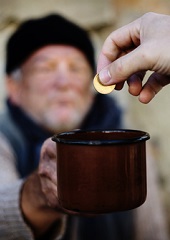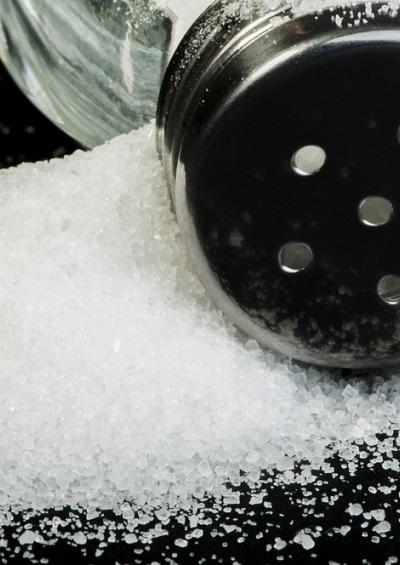America’s 50-Year War on Poverty
Which of the United States’ major racial groups has the highest poverty rate?
August 22, 2014

U.S. President Lyndon B. Johnson declared “unconditional war” on poverty in his State of the Union address on January 8, 1964. There is still much work to be done — especially among the country’s minority groups. We wonder: Which of the United States’ major racial groups has the highest poverty rate?
A. White
B. Asian
C. Hispanic
D. Black
A. White is not correct.
In 2012, the poverty rate among white Americans was 9.7%. That was the lowest rate among the four major race categories tracked by the U.S. Census Bureau.
Because white Americans constitute such a large majority (64%) of the U.S. population, they actually comprise the largest group of Americans living in poverty. The 18.9 million poor white Americans accounted for 40% of the 46.5 million Americans in poverty last year.
Among U.S. regions, the poverty rate is highest in the South, where 16.5% of people are considered poor. This compares to 13.3% in the Midwest, 13.6% in the Northeast, and 15.1% in the West.
U.S. poverty rates also vary significantly by age group. In 2012, 21.8% of all Americans under the age of 18 were poor, compared to 13.7% of those aged 18 to 64.
The poverty rate is lowest among Americans 65 and older — at 9.1%. In part, this is thanks to the War of Poverty’s Social Security Amendments of 1965, which — in addition to creating Medicaid and Medicare — expanded social security incomes for retirees.
B. Asian is not correct.
Asian Americans are the smallest of the four major U.S. racial groups, accounting for 5.4% of the population. In 2012, the poverty rate for this group was 11.7% — two percentage points higher than for white Americans. This means that 1.9 million Asian Americans were living in poverty last year, or about 4% of all Americans in poverty.
By comparison, 15% of all Americans — regardless of their racial identity — were poor in 2012, based on the Census Bureau’s official definition of poverty. By this formulation, a household and its occupants are poor if they have a total income of less than three times the cost of a “minimum food diet.”
While the official definition of poverty takes into account the number of people living in the household, it does not take into account other household expenses that may vary significantly from region to region, such as housing, clothing and utilities.
Based on an alternative measure that does factor in these items, the Census Bureau estimates that an even higher percentage of Americans — 16% — now live in poverty. That one-percentage point difference represents more than three million people.
C. Hispanic is not correct.
Hispanic Americans had a poverty rate of 25.6% in 2012. That was nearly three times the poverty rate for white Americans, and more than double the rate for Asian Americans.
Hispanic Americans comprise the second-largest ethnic group in the United States (17.4% of the population), and they are also the second-largest group of Americans living in poverty in absolute terms — at 13.6 million.
Spending by the federal government on the major means-tested programs for low-income Americans — including Medicaid, the Earned Income Tax Credit, Supplemental Security Income, Temporary Assistance for Needy Families, and the Supplemental Nutrition Assistance Program — amounted to $588 billion in 2012.
That was $82.5 billion less than the $670.5 budget for defense-related expenditures.
D. Black is correct.
With 10.9 million black Americans living in poverty, the poverty rate for this group was the highest — at 27.2% — of all major U.S. racial groups. In other words, one in every four black Americans — who account for 13.2% of the overall population — was poor in 2012, according to the official U.S. definition of poverty.
While the U.S. government has invested significant sums of money to reduce poverty or to provide the resources that keep many millions from falling into poverty, it is clear that a key weapon in the War on Poverty is jobs.
In 1973, when the official poverty rate hit its lowest level ever at 11.1%, the average unemployment rate for the year was 4.9%. When the poverty rate hit 11.2% in 2000, the average unemployment was 4.0%.
In 2012, with an official poverty rate of 15%, the average unemployment rate was 8.1%. The poverty rate for full-time workers in 2012 was just 3%, while for part-time workers it was 16% — and for those who had no job, it was 33%.
Editor’s note: With a few exceptions, the data in this feature are from the U.S. Census Bureau. They can be found here, in Table 3. People in Poverty by Selected Characteristics: 2011 and 2012.
